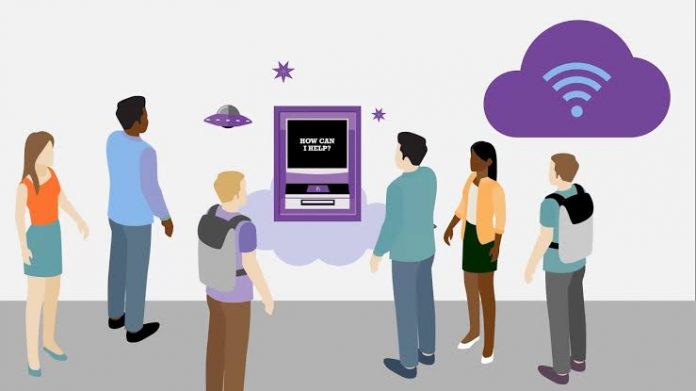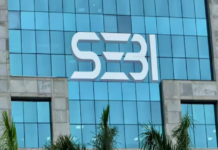Walking into an ATM just not for withdrawing or depositing cash or checking mini statements, but also for talking to a virtual bank manager or even for completing KYC is an imagination that could come true with the latest 5G technology.
Hyderabad-based Institute for Development & Research in Banking Technology (IDRBT) is working to turn this sci-fi scenario into a reality.
Bharti Airtel, who successfully demonstrated live 5G services over a commercial network in the city of Hyderabad, experienced that a 1GB file, which would take minutes to download on a 4G connection, was downloaded in less than 30 seconds.
Talking ATMs can act as extended bank branch
India has played up a catch-up game with other countries in case of 2G, 3G or 4G connections. The government and Reserve Bank of India (RBI) wanted the banking sector to be ready to leverage 5G sooner as with this latest technology, the talking ATMs will start acting as an extended branch of the bank. This is the reason, in September last year India’s first 5G Use Case Lab for banking and financial services was set up at IDRBT.
Including researchers and bankers, this lab has a team of 10 to 12 people, who focus on developing solutions for using 5G to boost financial inclusion and leverage AR/VR (Augmented Reality and Virtual Reality) technology. The team expects to demonstrate some solutions in these areas with one year.
Talking ATMs will improve overall banking experience because of lower latency and higher speed
As compared to 50 milliseconds for 4G, with 5G minimum latency could be reduced to one millisecond. Data speeds could be 10 to 20 times faster than 4G. Because of the lower latency and higher speed, talking ATMs are expected to improve the overall banking experience of the customer.
On October 22 1997, the world’s first talking ATM was launched by the Royal Bank of Canada for blind customers. This ATM was an NCR machine.
On June 6 2012, Union Bank of India, unveiled the country’s first ever truly accessible and talking ATM in Ahmedabad, Gujarat. This ATM that provides audible instructions was launched for the visually and physically challenged people, so that persons who cannot read an ATM screen can independently use the machine. Audible information is delivered privately through a separately attached telephone handset or a standard headphone jack on the face of the machine. The bank has done pioneer work on this model and its workflow has set a benchmark on accessible banking and provided financial access to blind customers to withdraw cash on their own anytime.
On October 4 2012, State Bank of India, which is the largest public sector bank of the country, launched its first real time talking ATM. The bank has done large scale deployment of this model and inaugurated its 5555th talking ATM in July 2014.
Also, Bank of Baroda, Corporation Bank, HSBC, Citibank, among other public sector, private and corporate banks in the country have either deployed or taken good initiatives on this model for the blind customers.
Along with talking ATMs and besides improving the financial reach of the banking sector, 5G would also make banking activities more secure as irregularities will be detected on a real-time basis.
The 5G network can handle millions of IoT devices, as per IDRBT’s white paper on 5G technology, which will enable machine-to-machine (M2M) communication and this would make systems more intelligent. The use of IoT and 5G will see transformational changes to touch-less banking that will impact ATMs, bank branches and POS.
By the year 2025, most of the connected devices, which include gadgets, wearable devices, among others are expected to be 5G compatible as after demonetisation and Covid-19 there has been exponential increase in the use of mobile banking, digital payments and remote implementation of key processes in the financial services sector including customer on-boarding.
Also Read: India can be a significant player in 6G technology
Do Follow: CIO News LinkedIn Account






